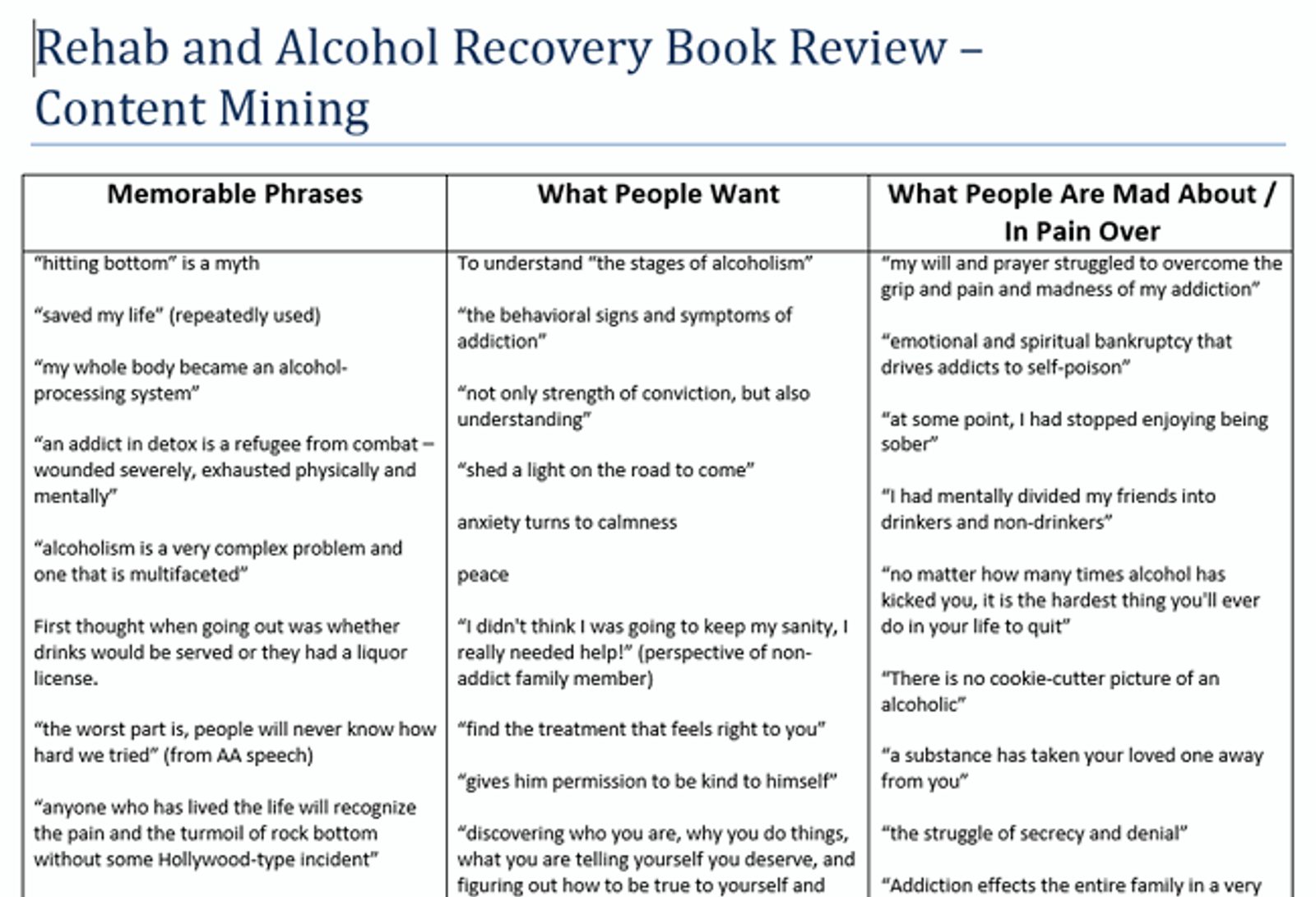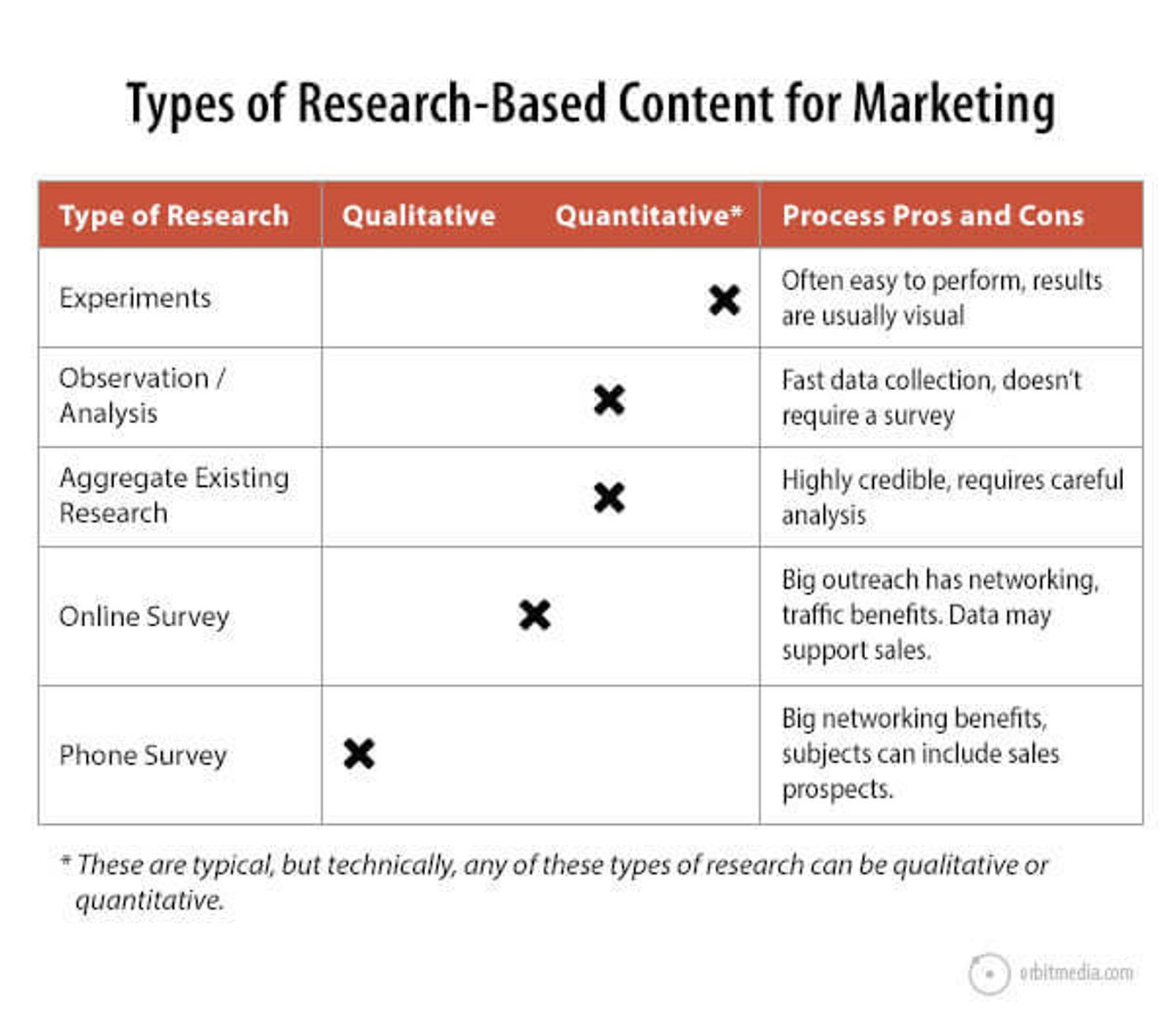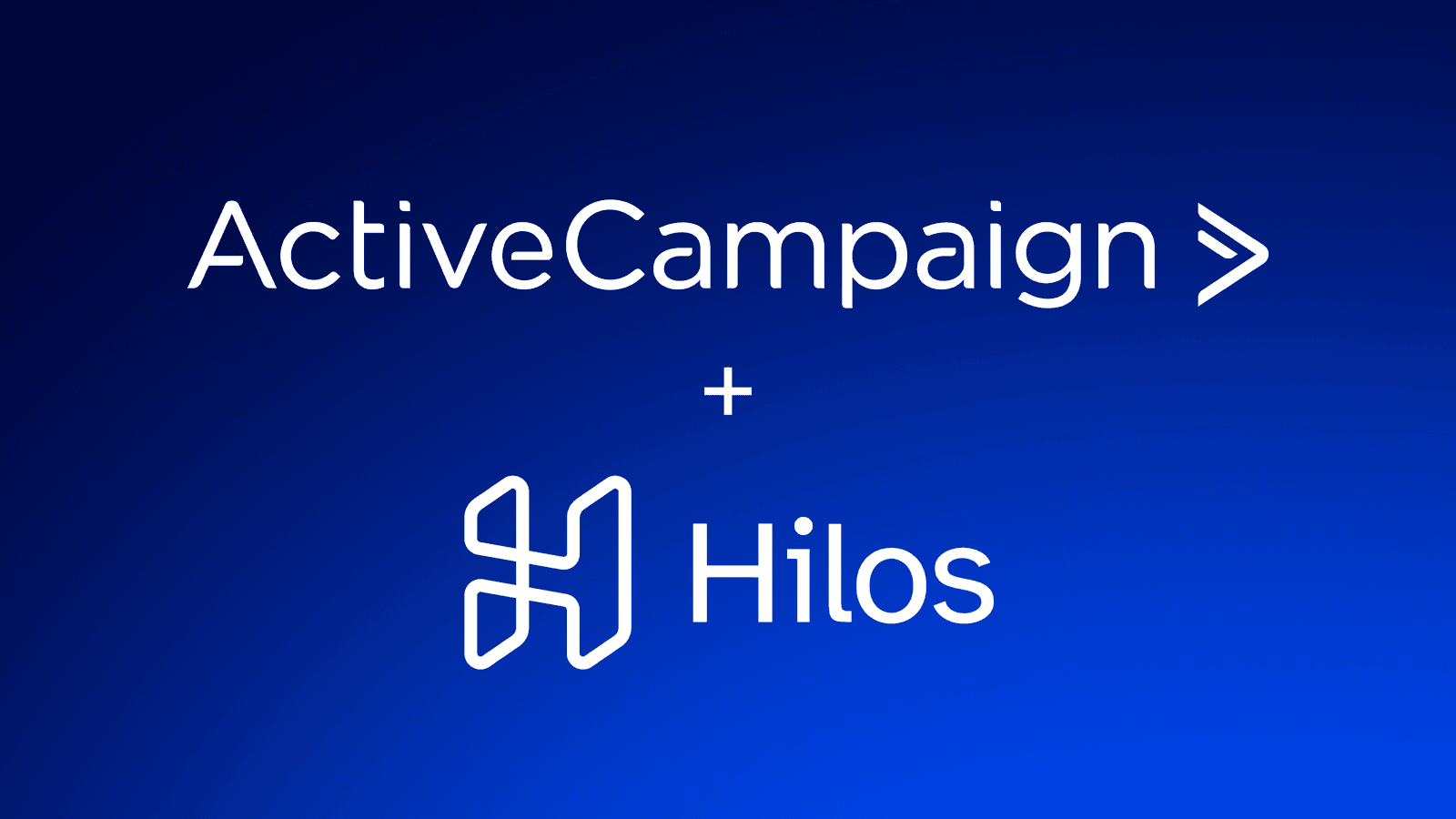- Business goals of creating a perfect blog post
- Two key rules that the very best blog posts follow
- The single most important element of a perfect blog post
- How to format your blog so that it looks perfect for readers
The business goals of blogging
Before you set out to create a perfect blog post, it’s important to understand the specific goal of the post.A lot of businesses—and even professional bloggers—start blogging because someone comes along and tells them that “they really should be blogging.”I agree—blogging and content marketing can have amazing results—but there’s a difference between “content marketing” and “publishing blog posts.”The way you manage your content strategy depends on your ultimate business goals. I’ll save an in-depth analysis of content strategy for another post, because content marketing can actually pull a variety of different business levers.In most cases, though, you’re going to be creating a blog post with one of these four goals in mind:
- Lead generation/conversion
- Shares
- Brand awareness/thought leadership
- Customer retention
Understanding the specific goals of your blog before you start writing or outlining helps you craft the perfect blog post—the blog post that perfectly meets its goals.
- A blog post for lead generation needs to ramp up to a strong, relevant call to action
- A blog post for shares will probably do better with some added emotion and scannability
- Brand awareness and thought leadership posts should take a strong stance, and need to spread to new audiences
- A blog for customer retention needs to address a problem, ask for a referral, or push for another sale.
The perfect blog post is useful and emotional
- An answer to a question
- The solution to a problem
“Appeal to the reason, by all means. Give people a logical excuse for buying that they can tell to their friends and use to salve their own consciences. But if you want to sell goods, if you want action of any kind, base your real urge upon some primary emotion!”
For brand awareness, too, emotion is important. You don’t need people sobbing over your blog posts, but activating any motivating emotion (e.g. awe, surprise, thoughtfulness, anger) helps people remember you.As NYU professor Elizabeth Phelps stated in a review article on the relationship between emotion and memory: “There is abundant evidence that memories for emotional events have a persistence and vividness that other memories seem to lack.”Some blog posts are more emotional than useful. Some are more useful than emotional. The balance you choose depends on the goals of the post. But make no mistake—the presence of emotion and utility is powerful and essential.The most important element of a perfect blog post is…

This table was created during research on rehab and alcohol recovery(Source: Copy Hackers)
This is the secret to producing perfect blog posts. When you use the language that your audience uses to describe their problems, your content becomes much more relatable, emotional, and useful.People love to read posts that they can relate to—especially if those posts solve their problems.We’ve written before about ways that you can do this type of market research on a budget. Here’s a quick rundown of our eight favorite techniques to find the language your audience uses:- Quora answers and questions
- Reddit comments on your topic
- Relevant online reviews (from Amazon and other sources)
- Surveys, especially qualitative surveys
- Facebook group discussions
- Competitors
- Your analytics and data
- Interviews with your audience
The perfect blog post is formatted so that people read it
- Strong headlines
- Compelling introduction
- Featured image
- Subheads
- Body copy
- Sources/data
- Conclusion
- Call to action
1. Strong headlines
Your headline is your first chance to grab attention.A compelling headline can make or break your blog post. If your headline:- Sounds vague
- Doesn’t tell people what they can expect
- Is just plain boring
- Including a relevant keyword, for SEO
- Including a strong emotion, for sharing on social media

Here are the last 10 headlines he wrote for Dumore Improv, a group that uses improv comedy for corporate training. (Source:PrettyFlyCopy)
Great headlines don't always come right away. But if I saw a tagline like "after you learn to think on your feet, it doesn't matter where you're standing," (number 97) I'd definitely think about getting some corporate improv training.
2. Compelling introduction
Since the dawn of time, humankind has told stories. From the very first cave painting to the texts of the Enlightenment…Have I put you to sleep yet?Too many blog posts start with irrelevant details and “context.”The job of your introduction is to build on the attention you got with your headline. A lot of the “introduction” that people add to the beginning of their blog posts is actually fluff.Cut it.Note: some content marketers will advise you to get to your point immediately—but I’m not necessarily advocating that position either.As long as your introduction builds curiosity and keeps people reading, it can work. You can do that in a few different ways:- Tell an interesting story, without revealing the conclusion until the body of the post
- Hint at the answer to a compelling problem
- Use audience language to reflect the pain of the reader, which signals relevance and understanding
- Broadcast exactly what your reader will learn by finishing your post
3. Featured image
Images are critical for social media. If you don’t add an image to your blog post, it will be much less prominent in the noisy feeds of Facebook, Twitter, and LinkedIn.The most scannable blog posts will have about one image for every scroll of the mouse. Whether you decide to go that route or not, a great blog post will have a featured image at a minimum.When you think about your featured image, consider what makes images compelling and shareable in a crowded news feed. According to Buffer, key factors include:- Emotion
- Simplicity
- Relevance
- Color
4. Subheads
Break up your text with subheadings.Subheadings serve two major major purposes:- For readers, they signal what to expect from a particular section of the post
- For scanners, they help grab attention and get people to slow down
5. Body copy
Your body copy is where you actually solve problems.We’ve already discussed the importance of using audience language in writing your blog posts. When you use the words of your audience, you make your post more interesting to read.Beyond using audience language, you can make your body copy more readable by using short sentences and paragraphs.A good rule of thumb—try to keep your paragraphs to under four lines.6. Sources/Data
“I don’t want to use the stat unless I have three sources” – Sam Seaborn, The West Wing
Sam Seaborn might be a fictional character, but he’s also the fictional deputy communications director for the White House.
Sources and data make your arguments and perspective more compelling.It’s one thing for me to say “it’s good to add emotions to your blog posts.” It’s another to say that an analysis of 7000 New York Times articles, a top copywriter, and a wealth of psychological research all agree on the power of emotion.
Research from Nielsen shows that numbers are compelling. In his landmark text Influence: The Psychology of Persuasion, psychologist Robert Cialdini demonstrates that authority is a key factor in persuasiveness.
Numbers and strong sources are good ways to add authority to your blogs.
If you want to take your blog posts to the next level, you can even consider doing original research. Original research makes for extremely compelling blog posts because it's exclusive—everyone wants numbers, and when you do original research you make people come to you to get them.

Andy Crestodina of Orbit Media has written a detailed account of how content marketers can use original research, summarized in this table. (Source: Orbit Media)
If no one has done the research you want to cite in your blog post, there may be an opportunity to do it yourself.








